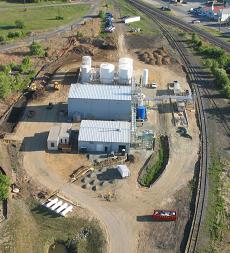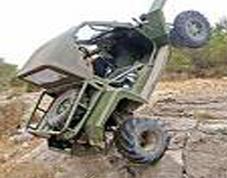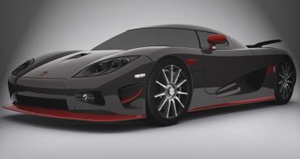 SeQuential Biofuels, maker and seller of biodiesel and ethanol, has been honored as one of five recipients of Oregon Governor Ted Kulongoski’s Gold Awards, recognizing “greatness in Oregonians.”
SeQuential Biofuels, maker and seller of biodiesel and ethanol, has been honored as one of five recipients of Oregon Governor Ted Kulongoski’s Gold Awards, recognizing “greatness in Oregonians.”
This story from the Portland (OR) News says the award was handed out recently at the Oregon Convention Center:
SeQuential, which opened the nation’s first biofuels station in 2006 on McVay Highway in Eugene, will open additional stations in Portland and Eugene in 2008. The company sells biofuel blends for every vehicle, with no engine conversion required. SeQuential’s products include E10, which can be used in every gas vehicle and decreases carbon dioxide emissions by about seven percent. Its E85 bioethanol, for use in Flex Fuel Vehicles, decreases carbon dioxide emissions by 59 percent. B99 biodiesel is suitable for most diesel vehicles and cuts carbon dioxide emissions by 80 percent. SeQuential also sells reduced-carbon B5 and B20 biodiesel blends suitable for any diesel engine.
In addition to reducing carbon dioxide and other toxic emissions into the environment, these biofuels directly displace foreign petroleum. In 2007, Oregon consumers avoided using more than 360,000 gallons of petroleum by using SeQuential biofuels.
The company, which was founded in 2002, also operates the largest biofuels retail network in the region with more than 35 biofuel pumps at independent retailers and 5,000 loyal customers. It is a partner in the SeQuential-Pacific biodiesel production facility in Salem, which will expand capacity from one million to five million gallons in 2008.
SeQuential is in pretty good company with this award. Previous winners include Intel and Nike. Check out the SeQuential crew below. Congrats guys!


 The high cost of soybeans, brought on by the popularity of biodiesel, has forced another biodiesel plant to stop operations while waiting for prices to subside.
The high cost of soybeans, brought on by the popularity of biodiesel, has forced another biodiesel plant to stop operations while waiting for prices to subside. special secret surprise!!!
special secret surprise!!! all-terrain, biodiesel vehicle called the
all-terrain, biodiesel vehicle called the  The elite Swedish sports car manufacturer
The elite Swedish sports car manufacturer  The price of corn has less to do with the price of food than many other factors, according to an extensive new study by Informa Economics based on 20 years of price data.
The price of corn has less to do with the price of food than many other factors, according to an extensive new study by Informa Economics based on 20 years of price data.
 Indiana utility regulators have given
Indiana utility regulators have given 

